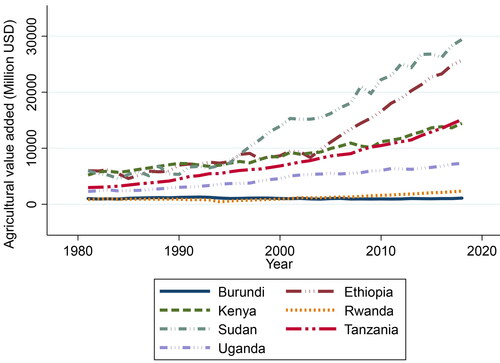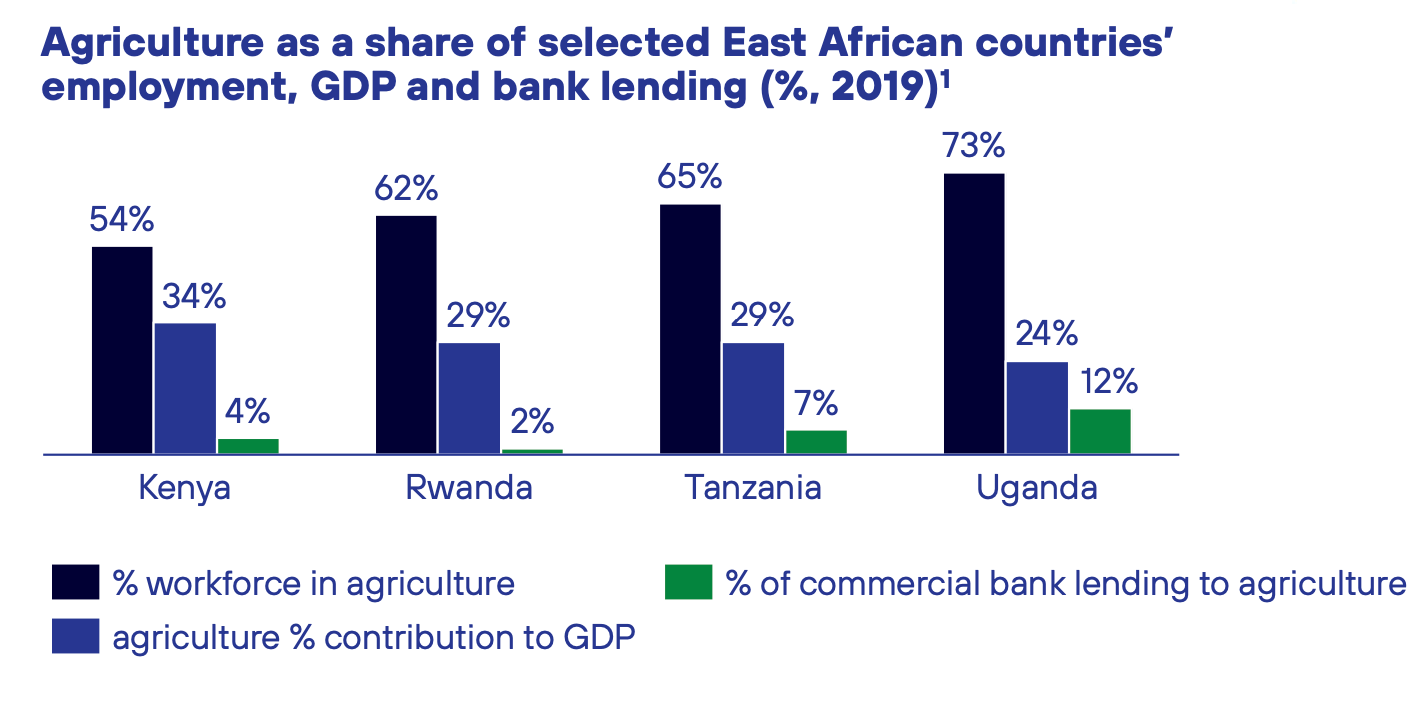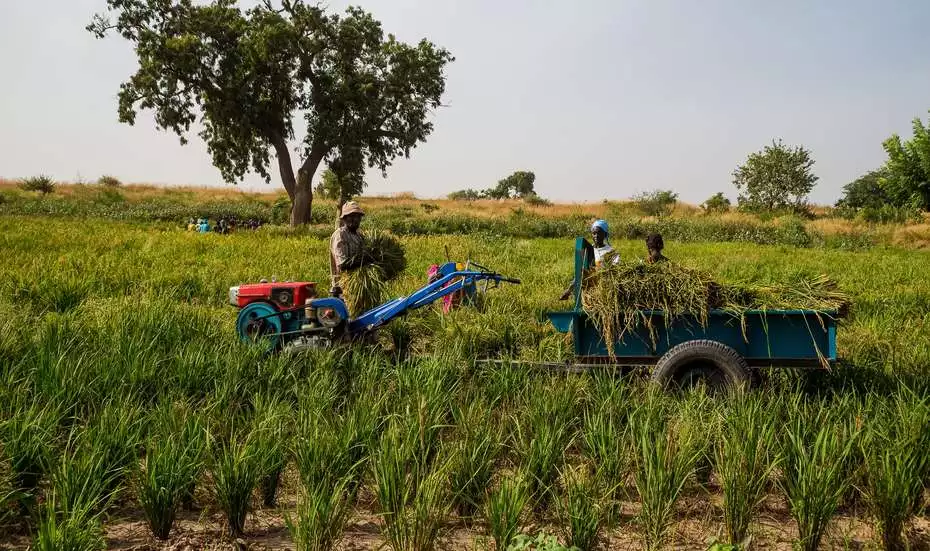In Kenya alone, farmers spend more than $600 million annually on agricultural inputs such as seeds, fertilizers, pesticides, and equipment that determine whether their harvests thrive or fail. When scaled across East Africa, this forms a multi-billion-dollar market flowing through Agrodealers, the last-mile retailers connecting suppliers to farmers. Yet, despite the market’s vast potential, it operates on educated guesses and paper-based records, exposing a glaring blind spot: the absence of a modern data-driven supply chain.

The agricultural input market in East Africa remains highly fragmented and inefficient. A journey tracing a bag of fertilizer from manufacturer to farm highlights the systemic issues: manufacturers produce inputs, wholesalers distribute them to regional hubs, Agrodealers sell them, and farmers make purchases seasonally. While this system appears functional, its inefficiencies are alarming. More than 67% of Agrodealers still rely on paper records, and 50% of distributors depend on speculative “van sales,” driving products door-to-door due to an inability to predict retailer demand. Furthermore, 20% of agricultural inputs expire in warehouses each year due to supply and demand mismatches, leading to economic waste and significant environmental hazards.
This data gap results in three critical challenges that impact every player in the value chain. First, inventory planning remains a seasonal guessing game. Manufacturers and distributors plan based on last season’s data, leading to overproduction of unwanted products and shortages of in-demand items. A seed supplier in Kenya’s Rift Valley reported, “We either drown in unsold inventory or miss 30% of potential sales during planting season. There’s no middle ground.” This disconnect costs the industry millions in lost sales while farmers suffer from supply inconsistencies.
Second, agricultural pricing lacks a structured approach. Most Agrodealers set their prices based on what the shop next door charges, resulting in identical fertilizers costing significantly different amounts in villages just 10 kilometers apart. Farmers unknowingly pay inflated prices in these data deserts, leading to thin margins for Agrodealers and lost market insights for manufacturers. The absence of pricing transparency prevents input companies from identifying high-demand regions and adjusting supply strategies effectively.

Third, market expansion decisions are often based on anecdotal evidence rather than data. Without visibility into which products sell where and when, companies establish new distribution centers in locations based on personal recommendations rather than actual demand. A sales manager at a major fertilizer company humorously admitted, “We open new depots where our CEO’s cousin says there’s demand.” The financial consequences of such uninformed decisions can be substantial, diverting investments from areas where farmers genuinely need access to quality inputs.
Despite these inefficiencies, the solution is within reach. Agrodealers are the silent gatekeepers of agricultural intelligence, as they handle the majority of input transactions, witness evolving farmer preferences, and identify supply chain bottlenecks firsthand. Companies that prioritize real-time data partnerships with Agrodealers, establish analytics teams to interpret sales trends, and embrace modern supply chain models will gain a competitive edge.

iPOS has developed the largest dataset of Agrodealer transactions in East Africa, tracking which products farmers actually demand, their purchasing cycles, and the real credit dynamics governing agricultural trade. By leveraging this data, suppliers can make informed decisions, mitigate risks, and capture hidden market opportunities.
For input suppliers and agriculture investors, the pivotal question is no longer “Where’s the market?” but rather “Where’s the data?” The future belongs to businesses that recognize the transformative power of real-time market intelligence at the Agrodealer level. The companies that embrace data-driven decision-making will not only optimize supply chains but also revolutionize East Africa’s agricultural input market for the better.